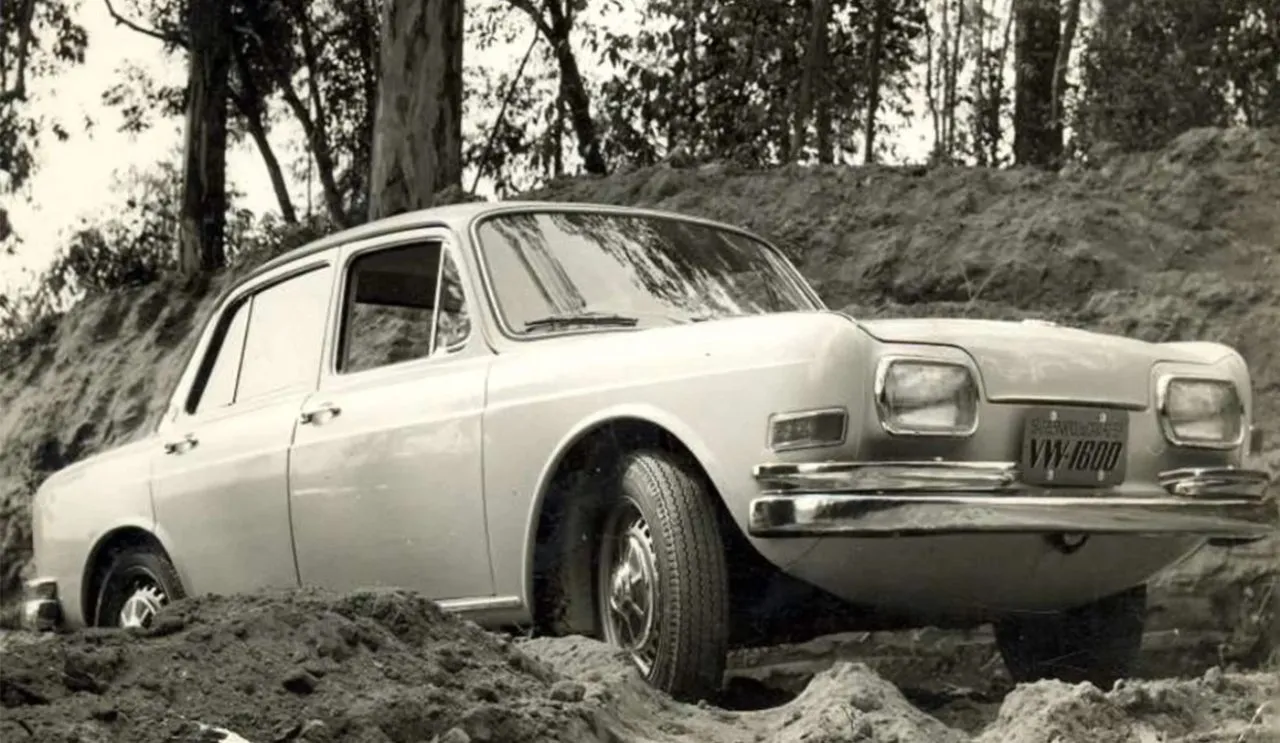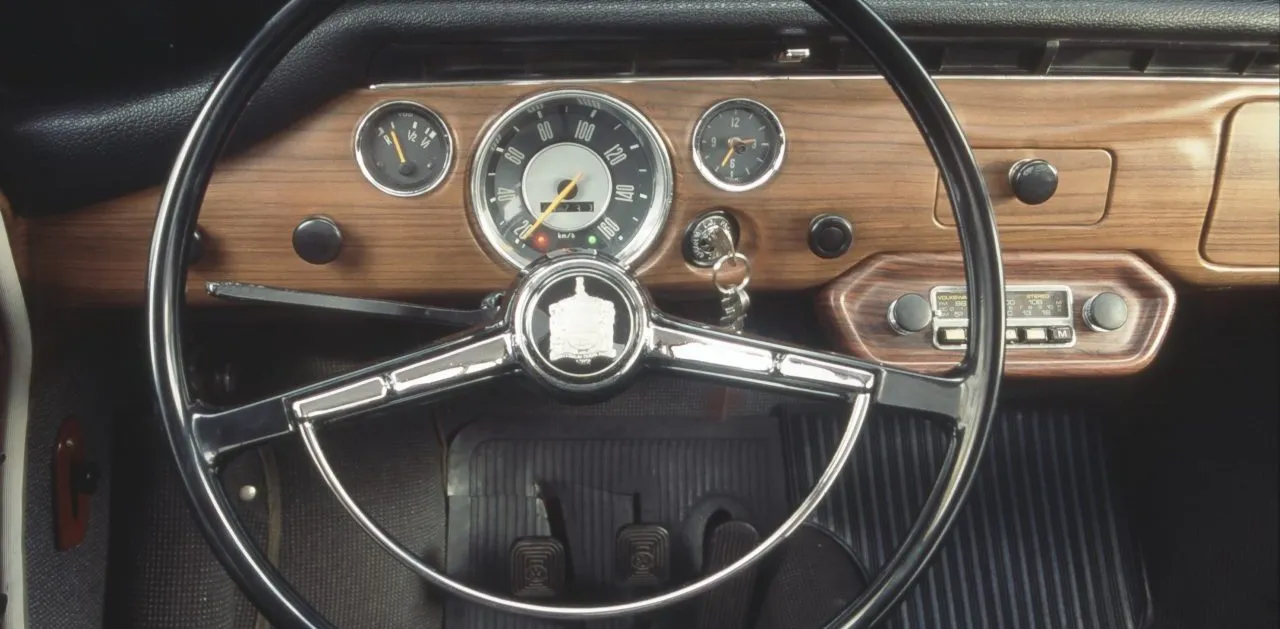Presented to the public at the end of November 1968 and with sales starting in January 1969, the VW Sedan 1600, popularly known as “Coffin Joe”, was a milestone in the Brazilian automobile market. This innovative sedan was the first Volkswagen with four doors sold in Brazil, using the base of the beloved beetle. It matched modernity, practicality and a touch of boldness, standing out as the first member of a new family of vehicles from the automaker.
Although it lost the title of absolute pioneer to the Type 4 411, launched three months earlier in Germany, the Sedan 1600 brought a new perspective to the national market. Nicknamed “Coffin Joe” Due to its door handles that resembled coffin handles and the more square shape of the body, the model soon became a historical curiosity in the Brazilian market.
An Intelligent Construction
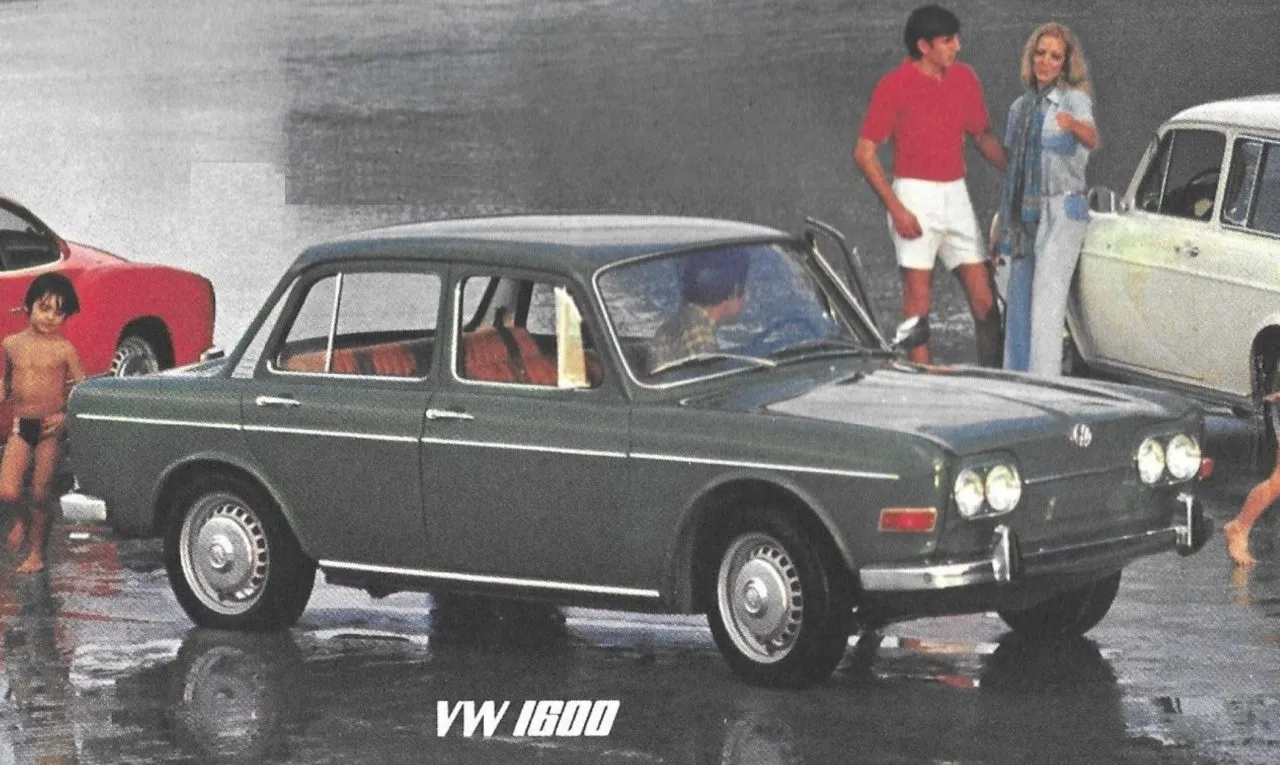
O VW Sedan 1600 was designed to use the same platform as Beetle 1300, with small modifications to the bodywork attachment and adjustments to components. This concept of platform sharing, now widely used to reduce costs and speed up the development of new models, was an advanced idea for the time.
The engine was a air cooled boxer 1.6 liter, derived from the 1300, with improvements that increased power to 60 hp SAE at 4,600 rpm and torque of 12 kgfm at 2,600 rpm. With a manual transmission four gears, “Zé do Caixão” accelerated from 0 to 100 km/h in 22.8 seconds and reached a maximum speed of 135 km/h.
Despite the satisfactory performance, fuel consumption was relatively high. In the city, the car did about 6.5 km/l, while on the road he reached 9.5 km/l with gasoline. In today's terms, this could be considered unfeasible, but in the 1960s, it was within acceptable standards.
Maintenance and Practicality
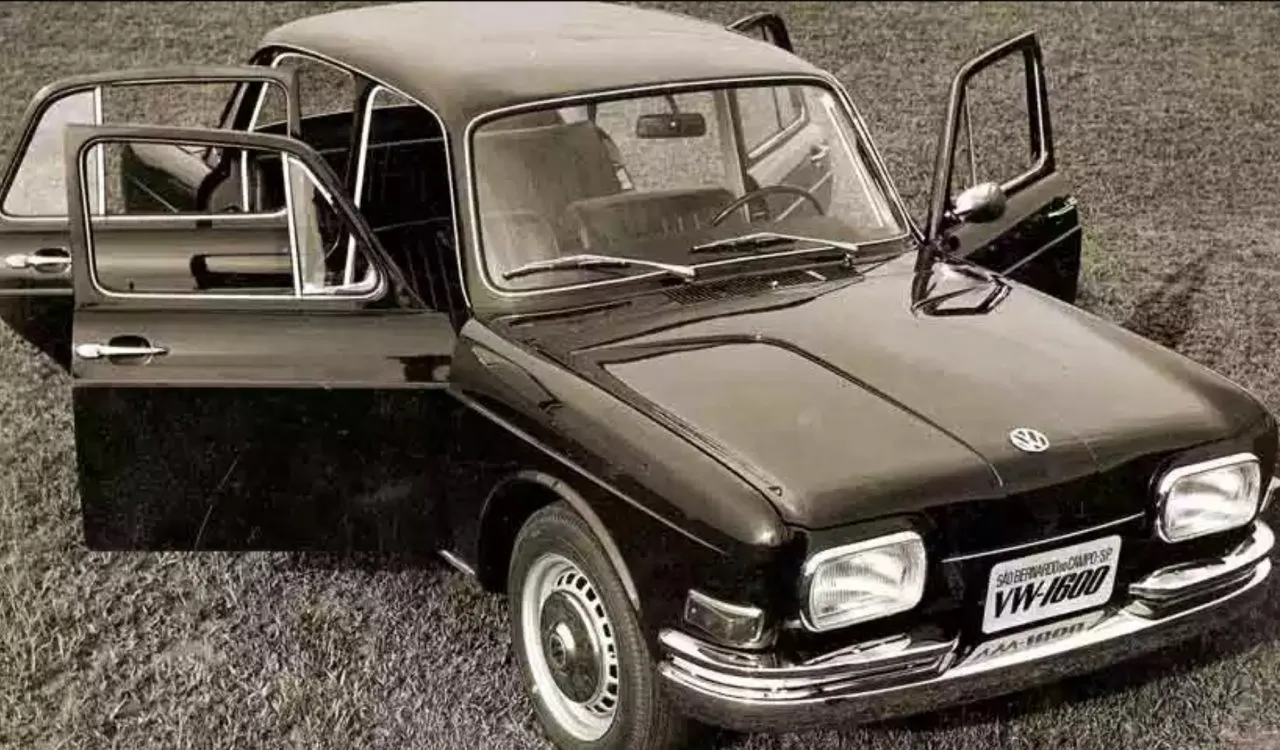
O Sedan 1600 required rigorous maintenance. Oil changes were recommended every 2,500 km, and the level needed to be checked every 1,250 km, since the model did not have an oil filter. The air filter followed the same schedule, while the transmission fluid needed to be replaced every 12,500 km.
These intervals may seem short compared to today's standards, but owners at the time followed these recommendations to the letter. This reflected the automotive culture of the period, where preventive maintenance was a point of honor for vehicle owners.
Comfort and Interior
Inside, the VW Sedan 1600 offered a different proposition in relation to the Beetle. The front seats had adjustable distance and inclination, something rare in cars of that time. The steering wheel, inherited from the Beetle 1300, had good curvature, but its large size could cause discomfort in some situations.
One of the highlights of the model was the large glazed area, which provided excellent visibility, surpassed only by the DKW Fissore, discontinued a year earlier. In the rear, there was enough space for three occupants, although comfort was limited by the wheelbase of 2.45 meters, just 5 centimeters larger than the Beetle.
The instrument panel followed a minimalist style, with a speedometer, fuel gauge and warning lights. In the luxury version 1600L, launched in 1969, had the option of a clock on the dashboard and wood-effect finishing, as well as leather upholstery.
Style and Commercial Appeal
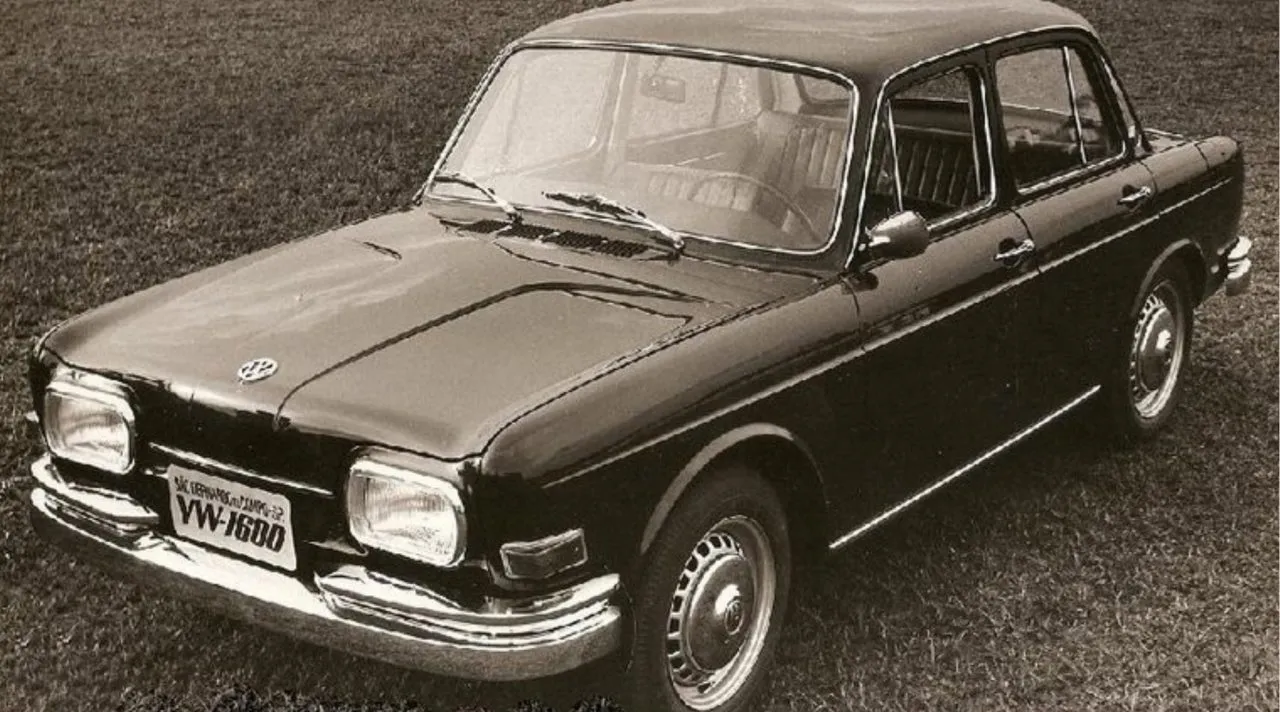
Externally, the “Coffin Joe” stood out for its rectangular headlights, which would later be used in Variant, and the bodywork with sober lines. However, the lack of adequate space for installing radios generated criticism. Many owners resorted to adaptations made in accessory stores.
Unfortunately, the Brazilian market at the time still preferred cars with two doors, considered more sporty and modern. This preference, combined with strong competition from models such as the GM Opal and Ford Corcel, negatively impacted sales of the Sedan 1600.
The Rise and the Decline
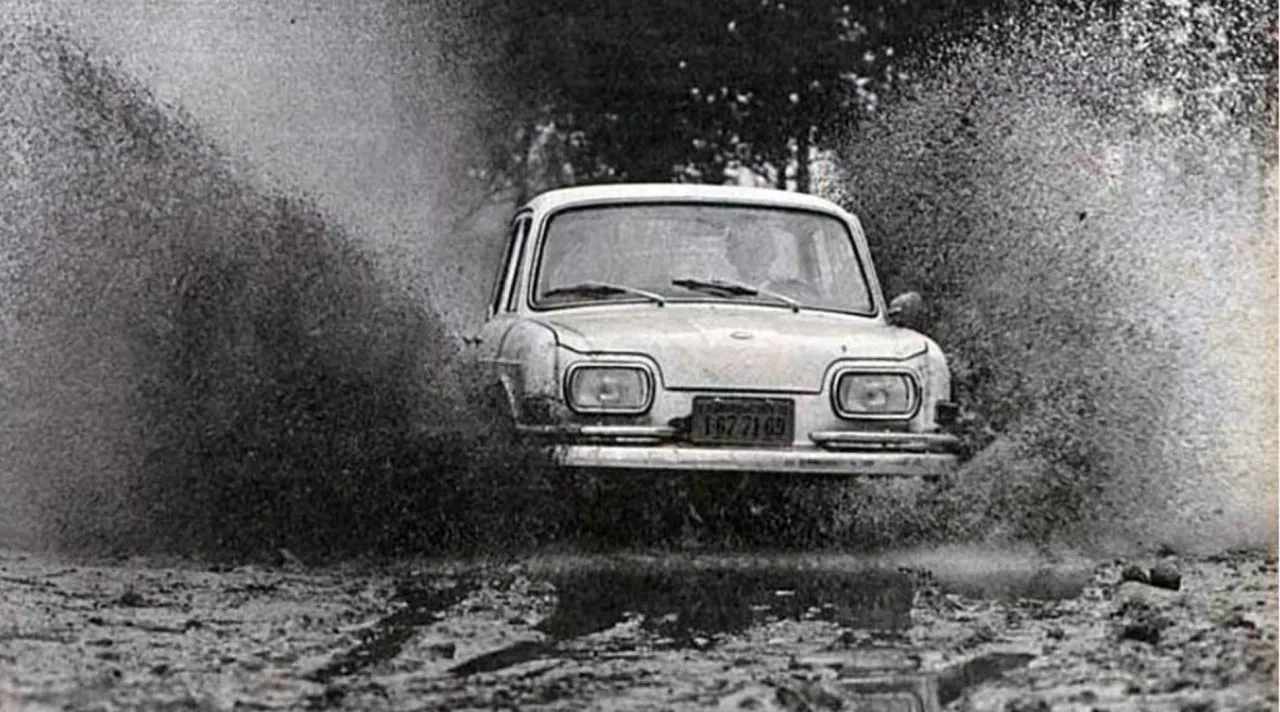
Even with the addition of a station wagon version, the Variant, and the arrival of TL (Luxury Tourism), the Sedan 1600 failed to establish itself in the market. In 1971, Volkswagen updated the model with circular headlights, but this was not enough to save the project.
After only 24,475 units manufactured, O “Coffin Joe” ceased production in January 1971. Its replacement, the TL 4 doors, arrived soon after, occupying the space left by the model.
Legacy and Relevance
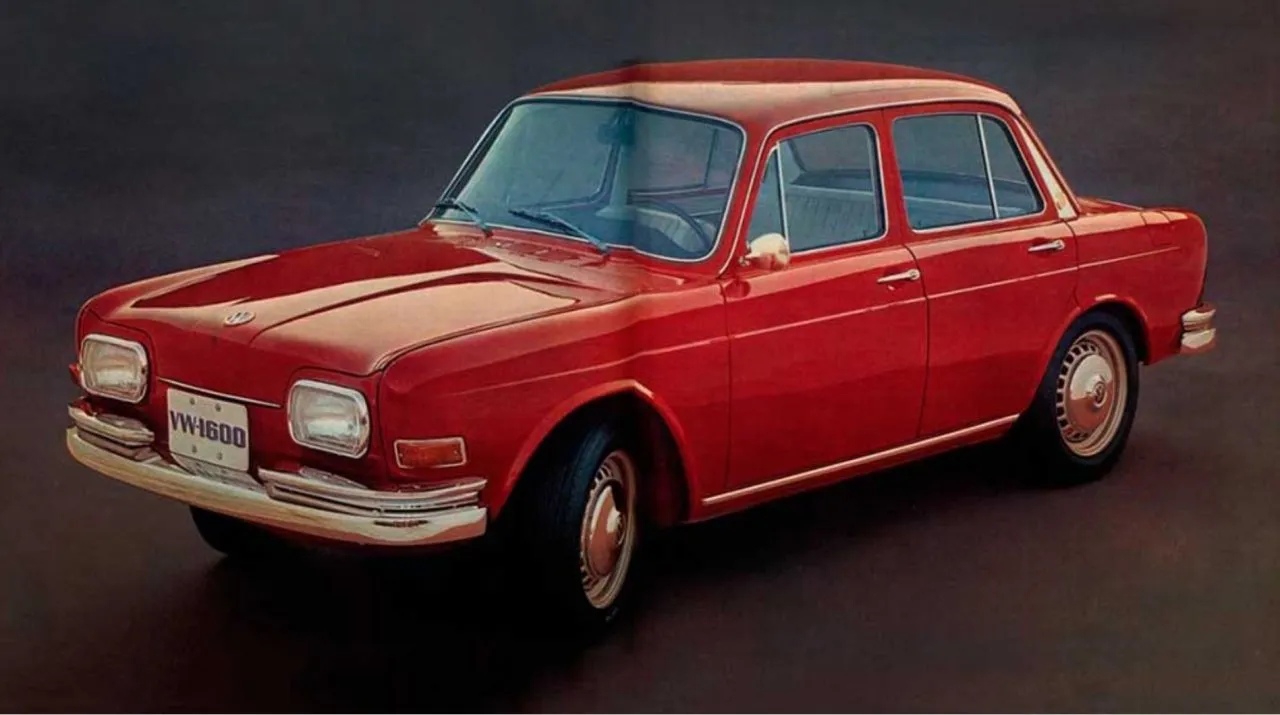
Despite its short trajectory, the VW Sedan 1600 remains an icon of innovation and boldness in Brazil. He was one of the first to explore the concept of a compact sedan with four doors, anticipating trends that would become standard in the automotive market decades later.
Today, find a copy of “Coffin Joe” in good condition, it is rare and valued by collectors. The model represents not only a transitional phase in the automobile industry, but also Volkswagen's persistence in adapting to the needs and preferences of a constantly changing market.
If you have the opportunity to see or perhaps drive one, VW Sedan 1600, take the opportunity to appreciate a piece of Brazilian automotive history. This car, although underrated in its time, is living proof that innovation is not always immediately recognized, but the legacy is eternal.
